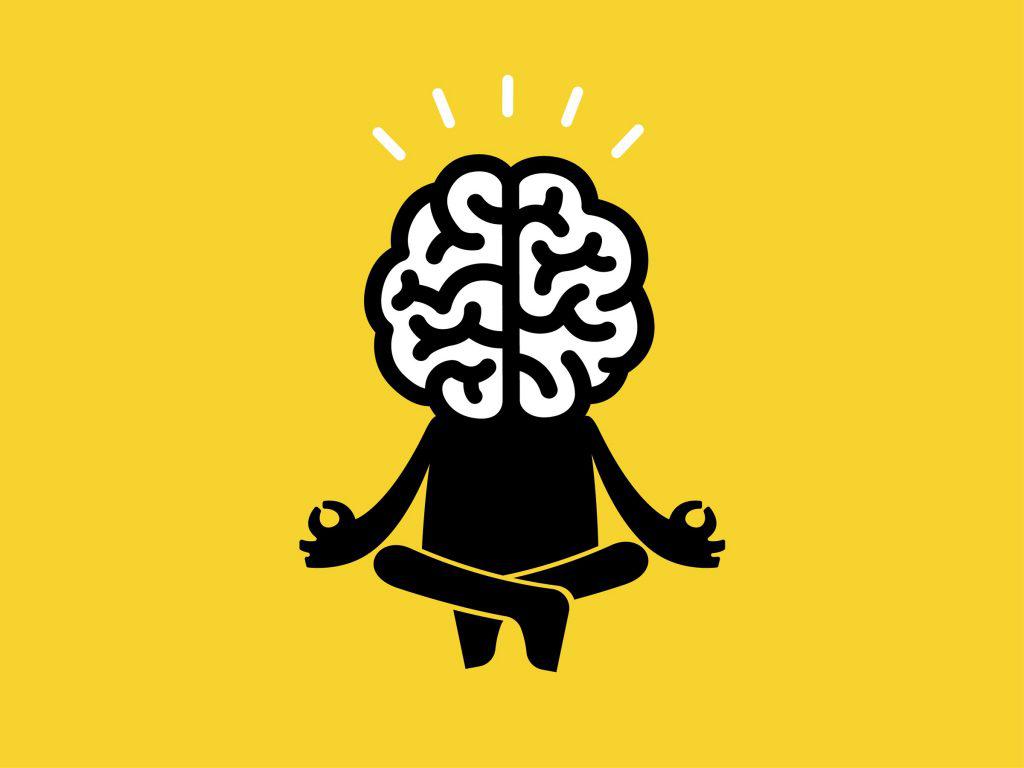
“Giftedness” in students has been described in numerous ways. Generally, giftedstudents demonstrate the potential for above-average ability or performance in one or moreareas. For instance, a child might express giftedness in mathematics or writing or scientific-thinking but could also exhibit giftedness in the arts or music.
In the classroom, challenging gifted students can be difficult for teachers. As Betts and Neihart (1988) reported, gifted students often grow bored in school. The gifted also can experience social-emotional difficulties, including perfectionism, peer isolation, and anxiety (Blaas, 2014).
Clearly, teachers can benefit from possessing additional tools to work with gifted students.Mindfulness might just be one of those tools. Mindfulness is the practice of intentionally paying attention to the present moment. Originating from Buddhism, mindfulness is now viewedas a mainstream, secular practice, demonstrating positive results in U.S. schools, hospitals, and other settings.
While in the early stages, research introducing mindfulness to gifted elementary students has shown promising results (Haberlin, 2018). During one study, 24 elementary students wereintroduced to various mindfulness techniques, including mindful breathing, mindful walking, andvisualizing. Many reported higher levels of calmness, enjoyment, and creativity.
The following are practical ways teachers can use mindfulness as a tool to challenge giftedstudents social-emotionally and academically.
Help Gifted Students Reach Their Potential by Providing Ways to Copewith Stressand Emotional Challenges
Teachers can introduce students of all ages to basic mindfulness techniques, which are kid-friendly. For instance, students can practice laying on the floor and placing a ball or stuffed animal on their stomach and watching their breath rise and fall. This could become a routine in the classroom, perhaps in the morning or after lunch as a routine to help students settle intolearning.
Another technique-which students may really enjoy-is mindful eating. During thisactivity,students hold a piece of fruit, candy or other food up, examine it, smell it, then slowly-veryslowly-then put it in their mouth and eat it. They can describe the tastes and textures.
A third activity to help gifted students relieve stress and become more aware of their environment is mindful walking. During recess, students can walk slowly around the school campus or courtyard, breathing in and out with each step. Teachers can ask students to really focus on their senses as they walk—what do they see, hear, feel, smell in their surroundings?
Embedding Mindfulness in Academics
A second approach to using mindfulness to challenge gifted students involves embedding it in the curriculum. Mindfulness can be used as a tool to make gifted students more conscious of their classwork, projects, and learning. Let’s look at a few examples:
Mindfulness Projects
Teachers can encourage gifted students to use awareness as a basis for service-learning and other community-based projects. For instance,students might practice being mindful of the social issues that exist on their school campus or local community then design and complete projects based on those needs. Being aware of possible conflicts in school, such as bullying or lack of respect between students, could result in an action research project aimed at helping students become more mindful of how they interact with each other.
Other ideas could involve growing aware of community issues through reading newspapers and social media and acting on those problems. For example, a group of gifted students makebecome interested in an overflow of pets at the local shelter or increasing numbers of homeless students and research how to address the issues.
Leadership Initiatives
Another method to incorporating mindfulness into academics is positioning gifted students asleaders in the classroom. After learning basic mindfulness techniques,these students could practice leadership skills by coaching and assisting classmates—maybe leading a yoga class or mindful breathing session. These gifted students could become catalysts for assisting otherchildren and teens in positively coping with stress associated with school andgrowing up.
Metacognitive Learning
Gifted students could think more about their own learning and thinking through turning to mindfulness. For instance, teachers could ask students to engage in being mindful about their classwork and how it might be improved. For example, students might finish a quiz, essay, orother assignment then practice mindful breathing and deeply examining their work; teachers could also provide a list of guiding questions, such as: what could I learn from thiswork/experience? How might improve the quality of the education? What thoughts, questions, and insights did I have as I completed this assignment?
Mindfulness offers many possibilities to appropriately challenge gifted students on many levels.Simple techniques such as mindful breathing and walking can be embedded into existingclassroom routines and curriculum to help students intentionally bring their attention to thepresent-moment and maximize their opportunities for learning.
Bio
Steve Haberlin is a PhD candidate and graduate assistant at the University of South Florida in Tampa, Florida. A former education news reporter for the Ocala Star-Banner and k-12 teacher, Steve currently supervises pre-service teachers and teaches undergraduate courses in the College of Education. He has published articles in a number of peer-reviewed journals, including Action in Teacher Education, the Qualitative Report, and Gifted Education International. He is a regular blogger for Education World, as well as freelance writer for other organizations like Patrick Henry College.